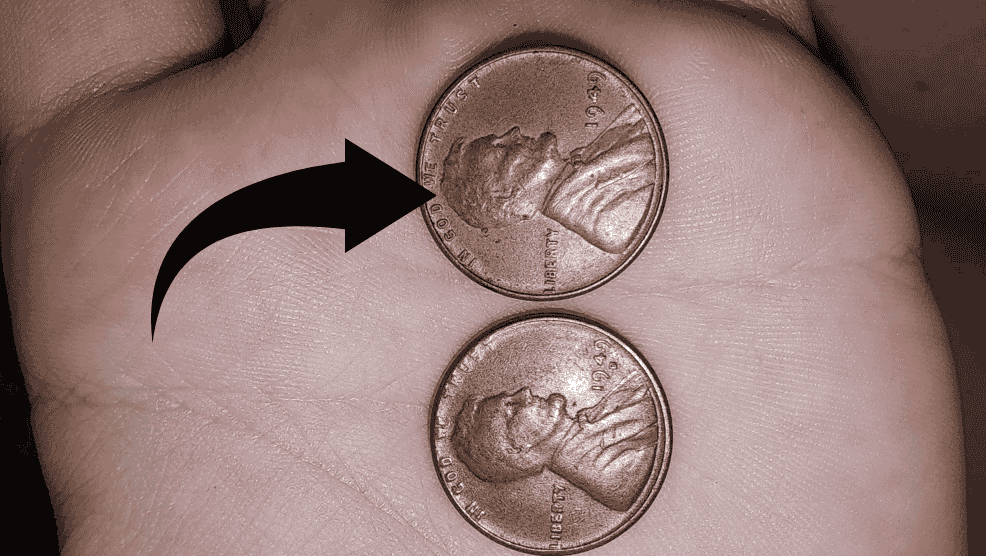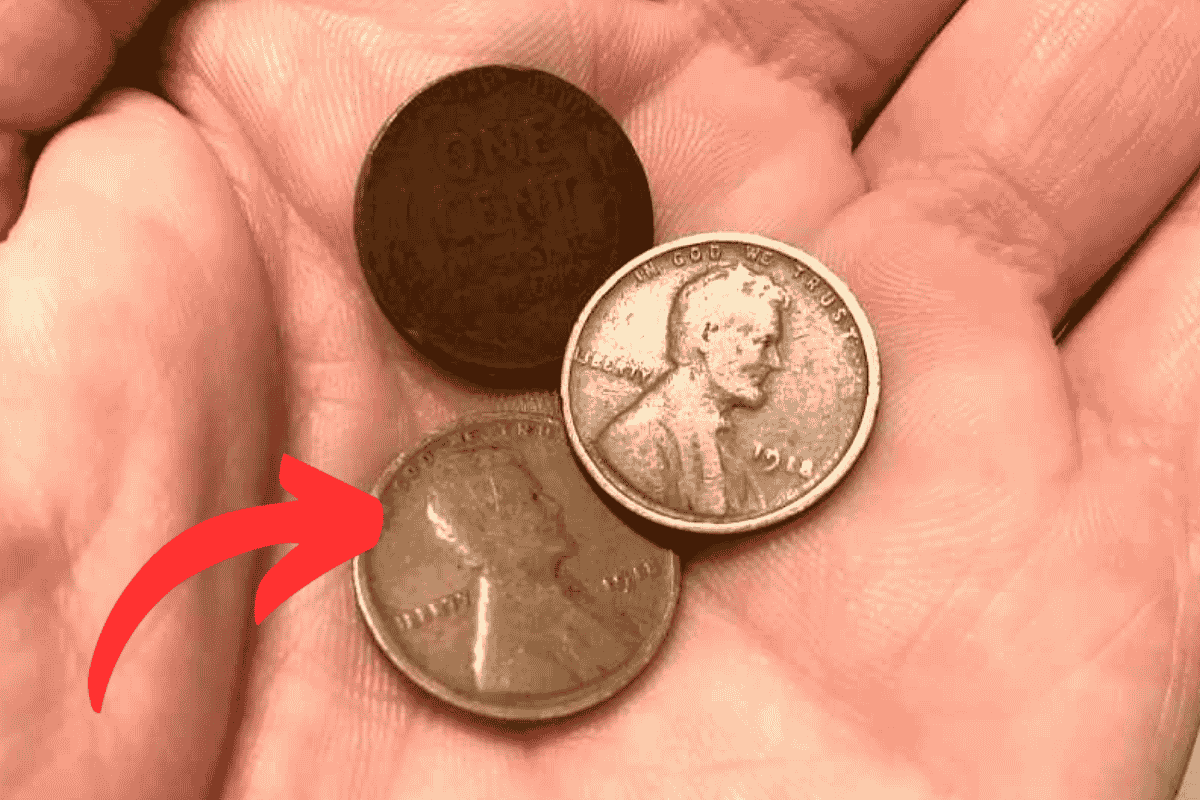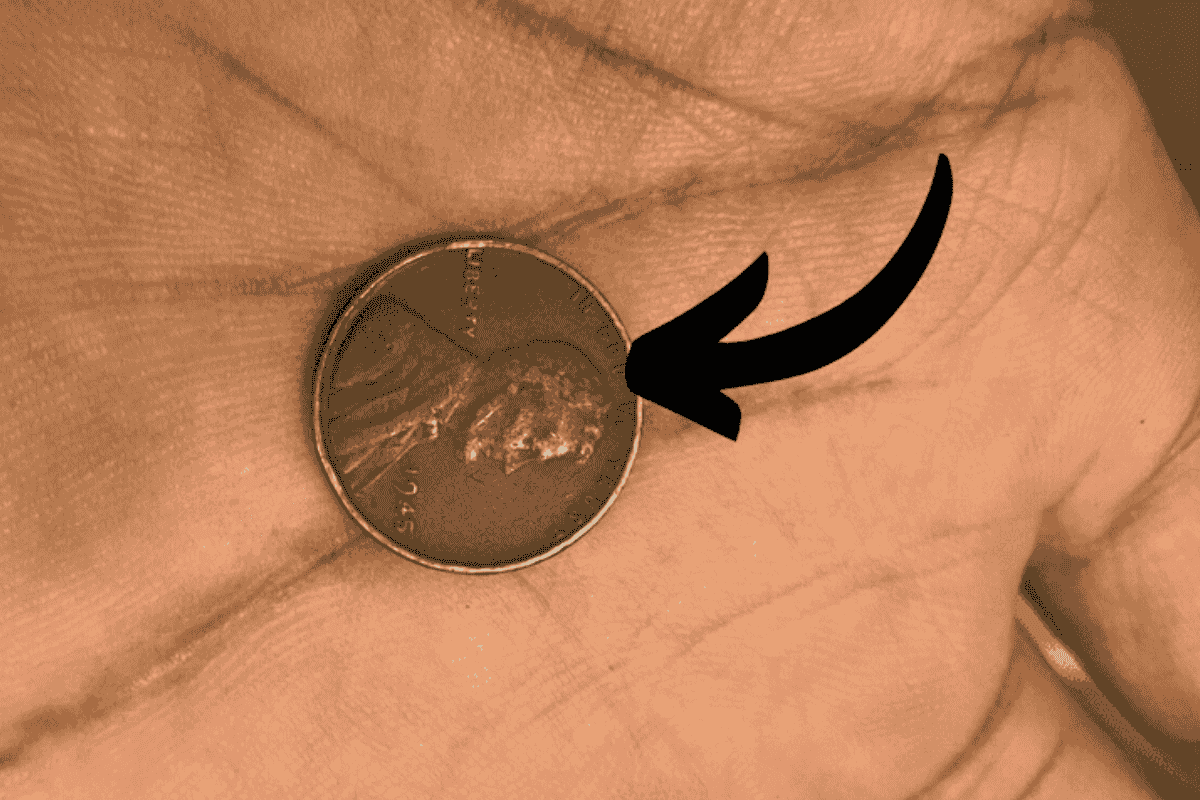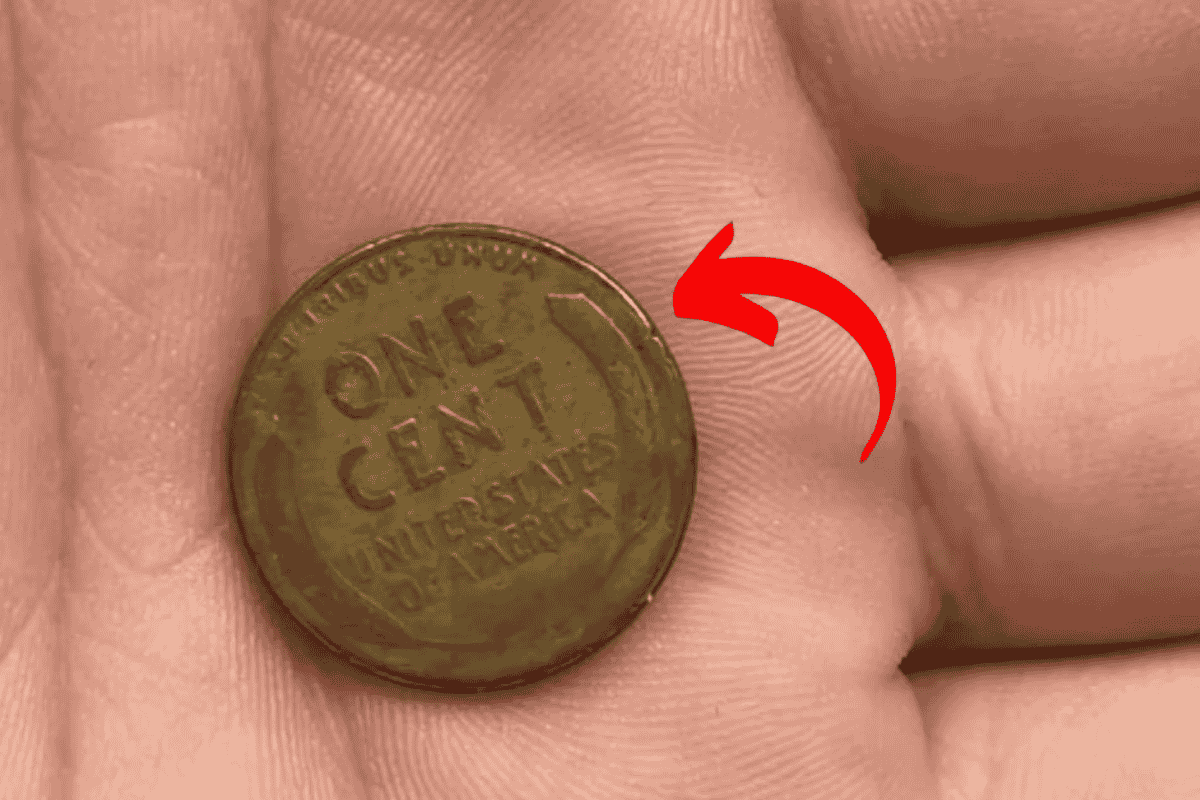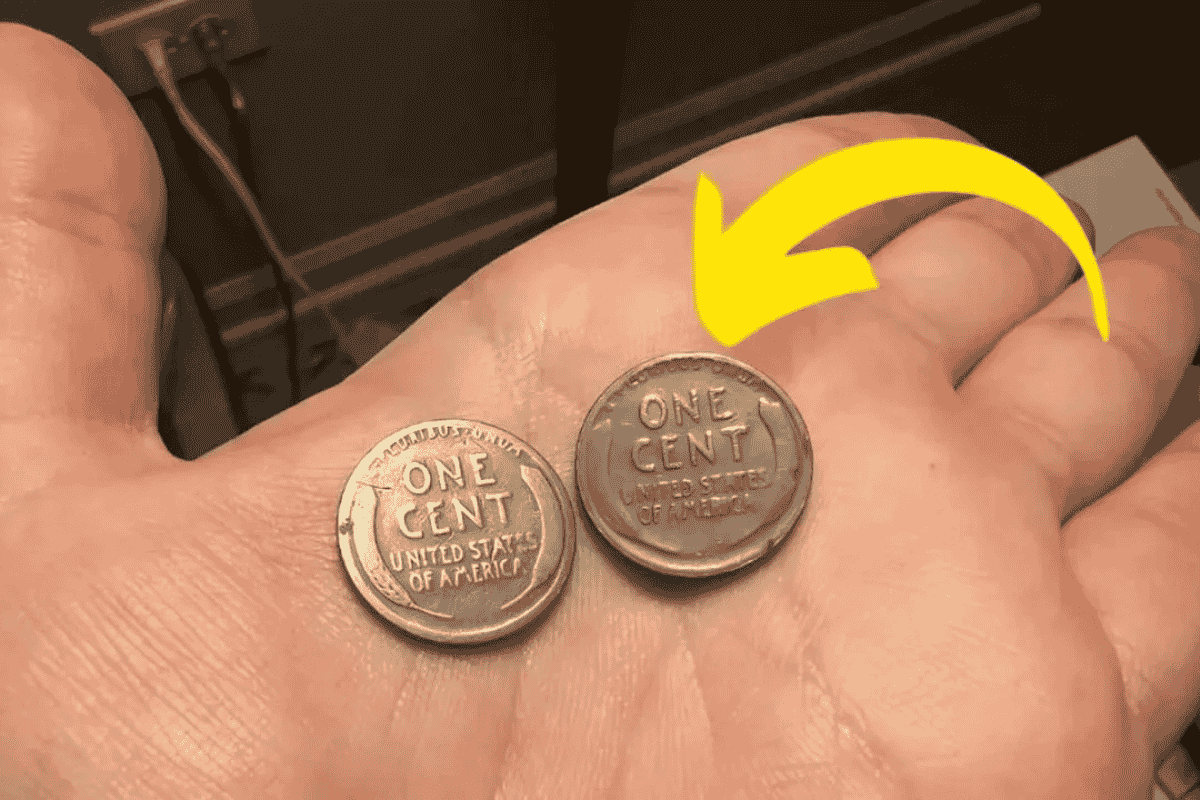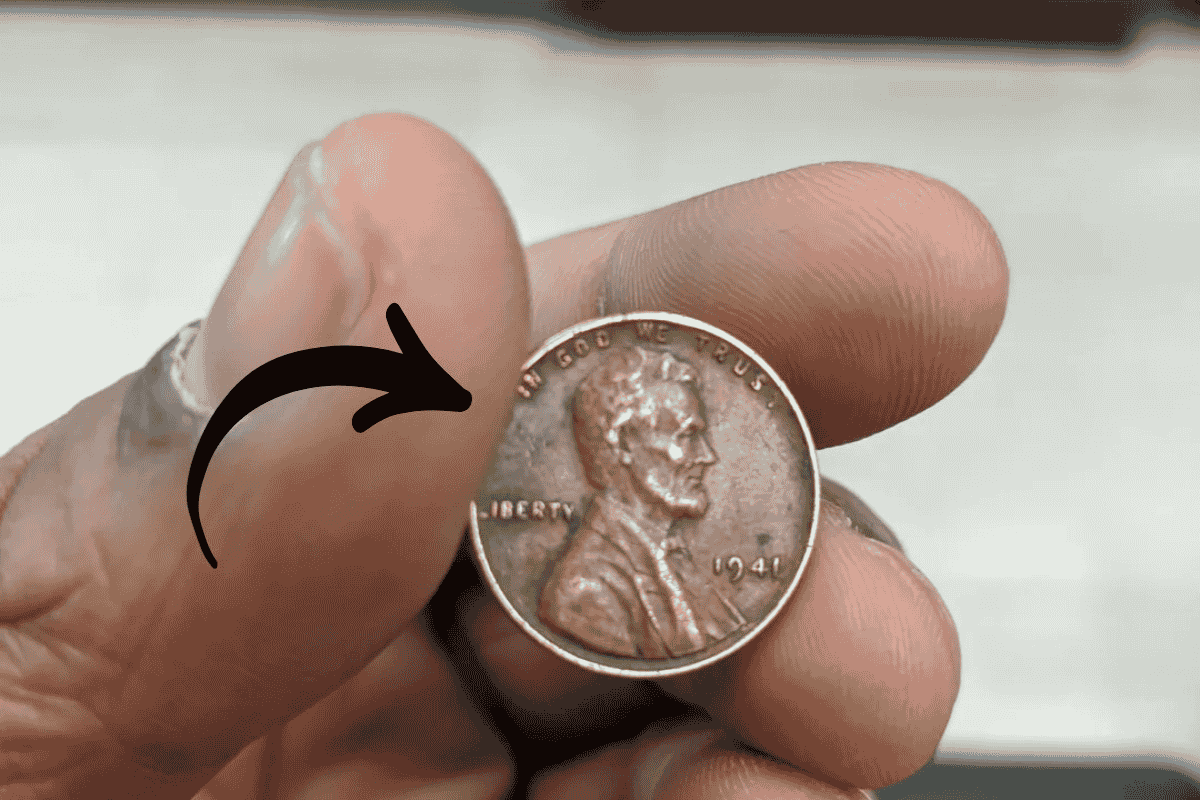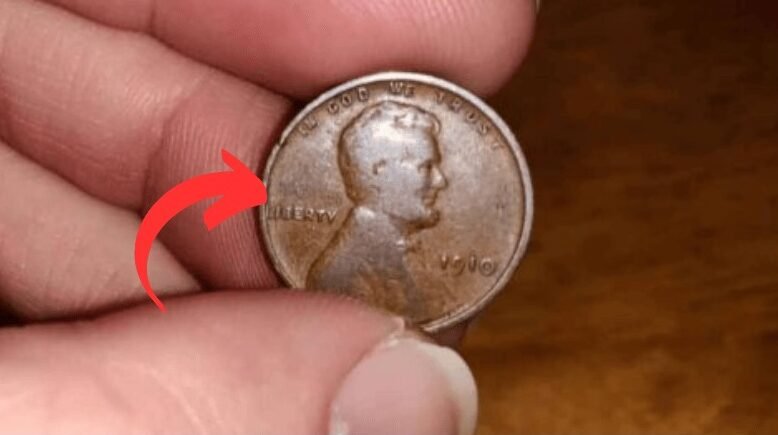The Lincoln Wheat Penny is a classic piece of American coin history that has been circulating since 1909. You might spot one in your pocket and not think much of it. But did you know one special Wheat Penny recently sold for a huge sum?
A rare version of this coin fetched an incredible $155,000 at auction. This story is about how a small change in a penny’s design can add up to big value. Let’s explore why the Lincoln Wheat Penny is so popular and why this rare coin still matters today.
What Is the Lincoln Wheat Penny?
The Lincoln Wheat Penny is a one-cent coin first released in 1909 to mark Abraham Lincoln’s 100th birthday. It replaced an older design called the Indian Head cent.
The front of the penny (or obverse) features a portrait of Lincoln, drawn by Victor D. Brenner. On the back (or reverse) are two stalks of wheat with the words “ONE CENT,” “UNITED STATES OF AMERICA,” and “E PLURIBUS UNUM.” Coin collectors call it the “Wheat Penny” because of this wheat design.
Originally priced at one cent, Wheat Pennies were made until 1958. In 1959, the design was changed to show the Lincoln Memorial on the back, marking a new series of pennies.
However, the Wheat Penny remains popular with collectors and designers for its classic look and Lincoln tribute.
Why a Penny Sold for $155,000
- A Wheat Penny selling for $155,000 might sound unbelievable—but it really happened. So what makes it so valuable? It comes down to a few key facts.
- The coin is a 1909-S VDB Lincoln penny, which means it was made at the San Francisco Mint (S) and features the initials VDB for Victor David Brenner on the reverse. That combination is rare and hard to find.
- Most pennies from that year were made at the Philadelphia mint and don’t have those initials. Plus, not many of the 1909-S VDB pennies survive in top condition. One in excellent condition can be worth a fortune to collectors.
- At a recent auction, one of these rare coins was graded in almost perfect condition. Because of its rarity and quality, a collector paid $155,000 for it—far more than its face value.
Are Wheat Pennies Still in Circulation?
Yes, you can still find Lincoln Wheat Pennies in your change today. Although they were last made in 1958, many stayed in wallets, piggy banks, and jars. Occasionally, people deposit these old coins in banks or spend them without realizing.
Most Wheat Pennies are worth just their face value, one cent. But if you find a rare date like 1909-S VDB, or one in exceptionally good shape, it could be worth much more. Even coins that look ordinary can surprise you if they’re special versions.
How to Spot a Valuable Wheat Penny
- If you’re sorting through your coins, here’s what to look for:
- Check the year and mint mark. Rare dates include 1909-S VDB, 1909-S, 1914-D, and a few others. The mint mark letter will be under the date on the front of the coin.
- Look for the initials VDB on the reverse, at the bottom near the wheat ears. Not all Lincoln Wheat Pennies have those initials.
- Check the coin’s condition. Collectors use grading scales. Coins without scratches, wear, or damage are more valuable.
- Consult price guides or a coin expert. This helps you understand if your penny might be worth more than one cent.
Why Collectors Love Wheat Pennies
- There are several reasons why collectors adore Wheat Pennies:
- They’re old and historic. Each coin represents an era from more than 60 years ago.
- They have classic design. The Lincoln portrait and wheat stalks make for a timeless look.
- There are many designs and dates to collect. Some are rare and valuable, others common and affordable—great for beginners.
Should You Keep or Spend One?
If you find a Wheat Penny and it looks ordinary, it’s fine to spend it. But if you notice it has a rare date or mint mark, like 1909-S VDB, consider showing it to a coin expert. Even modestly rare coins can be worth hundreds.
Keeping the coin doesn’t cost much, and if it turns out to be special, it could be worth saving for.
The Lincoln Wheat Penny is more than just a small coin—you never know if you’re holding something truly rare. One sold for $155,000 shows how valuable certain versions can be. Whether typical or exceptional, Wheat Pennies offer a fun way to connect with history and possibly make an unexpected find.
So next time you handle a penny, take a closer look—you might just discover hidden treasure in your pocket!
FAQs
What is a 1909-S VDB Lincoln Wheat Penny?
It is a rare one-cent coin made in 1909 at the San Francisco Mint, featuring the initials VDB of designer Victor David Brenner on the reverse. Only a limited number were produced, making it highly valuable to collectors.
How can I check if my penny is valuable?
Look at the year, mint mark under the date, and condition of the coin. Rare dates like 1909-S, 1909-S VDB, and 1914-D can be worth a lot. Consult a coin expert or price guide for exact value.
Are Lincoln Wheat Pennies still found in circulation?
Yes, even though they stopped making them in 1958, many are still found in jars, wallets, or as loose change. Some people unknowingly spend them.
Why did the 1909-S VDB penny sell for $155,000?
It’s very rare and was in almost perfect condition. The combination of its scarcity, design initials, and excellent grading made it extremely valuable to collectors.
Should I keep a Wheat Penny if I find one?
Yes, especially if it has a rare mint mark or date. Even if it’s not valuable now, it might become rare over time, and saving it costs nothing.
